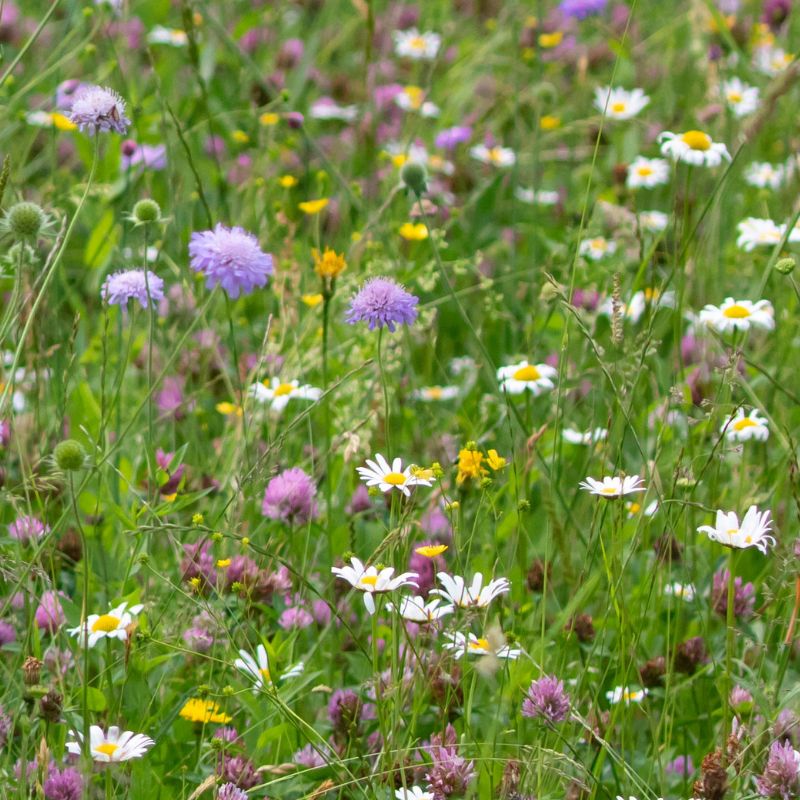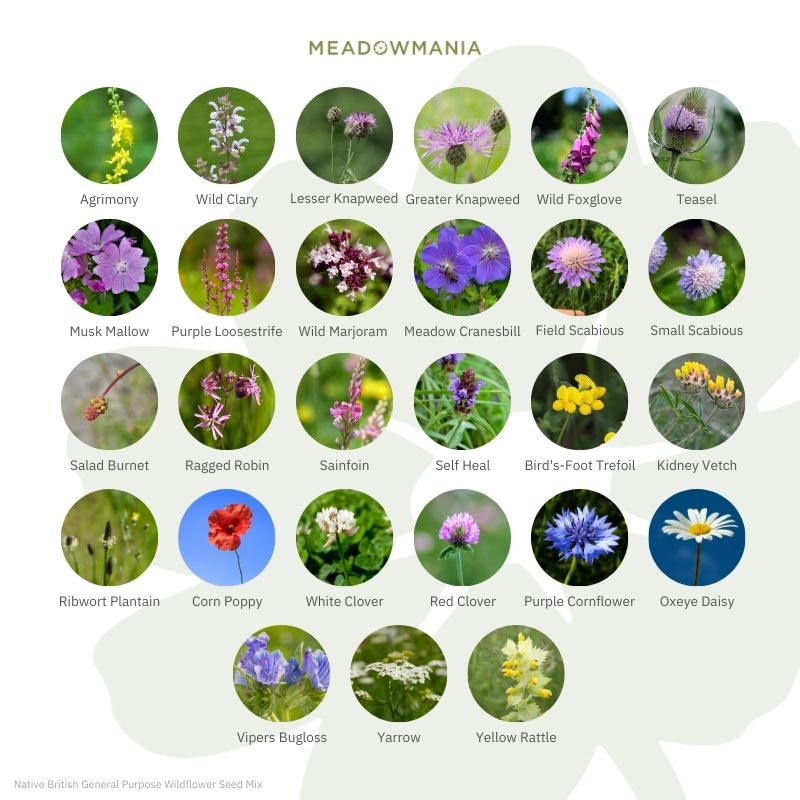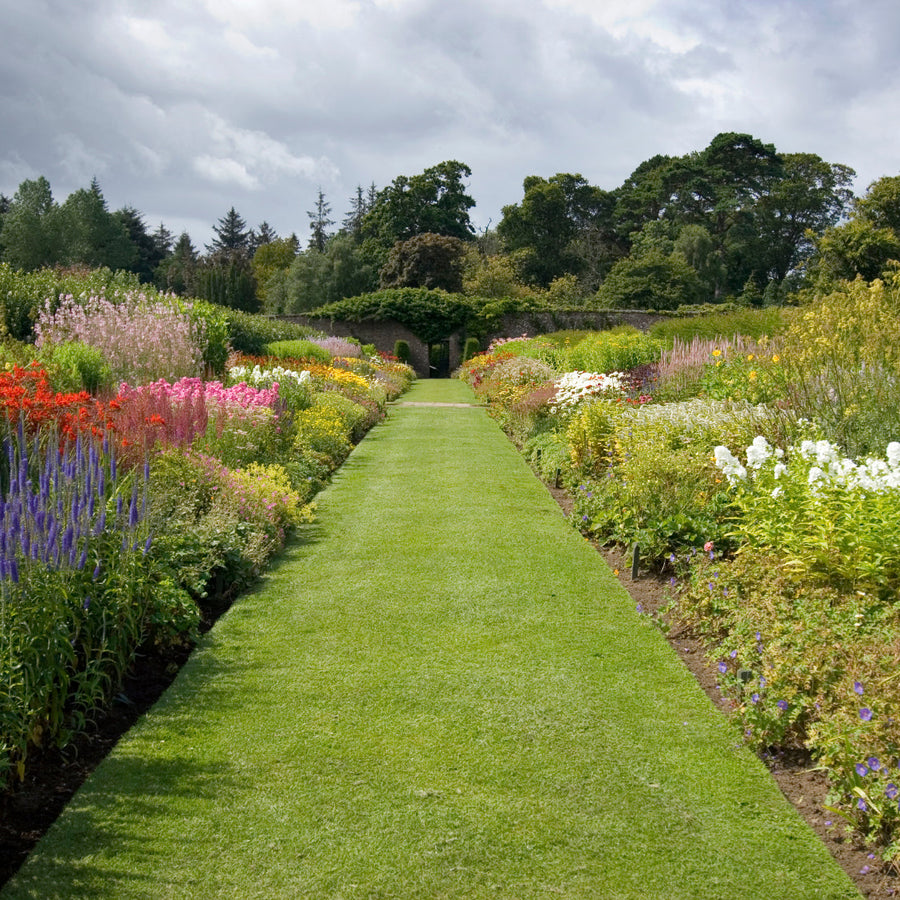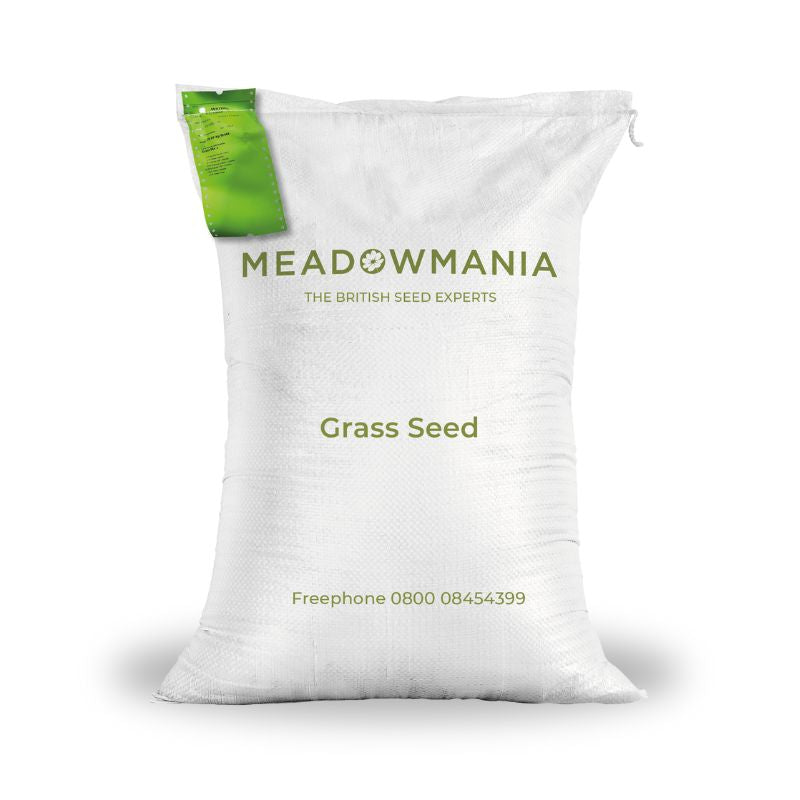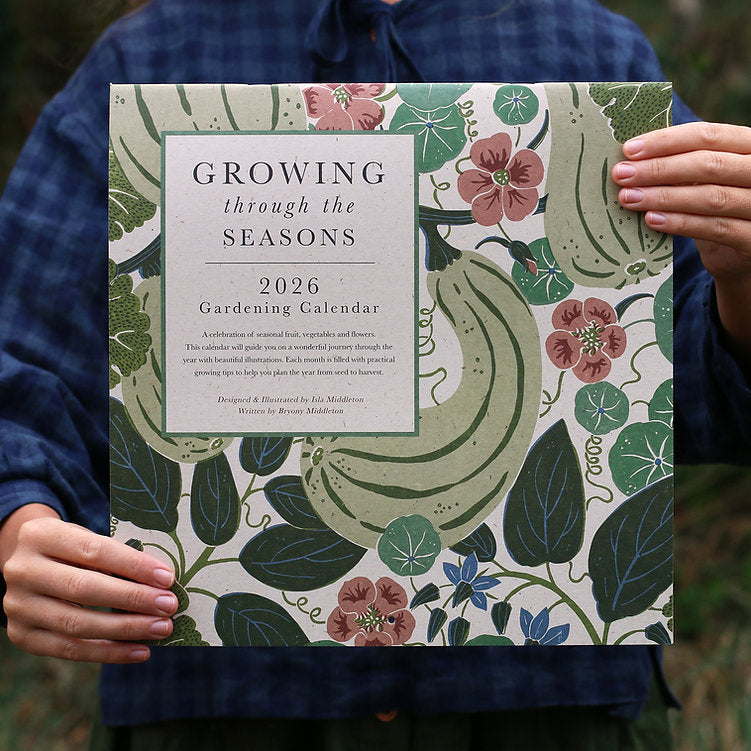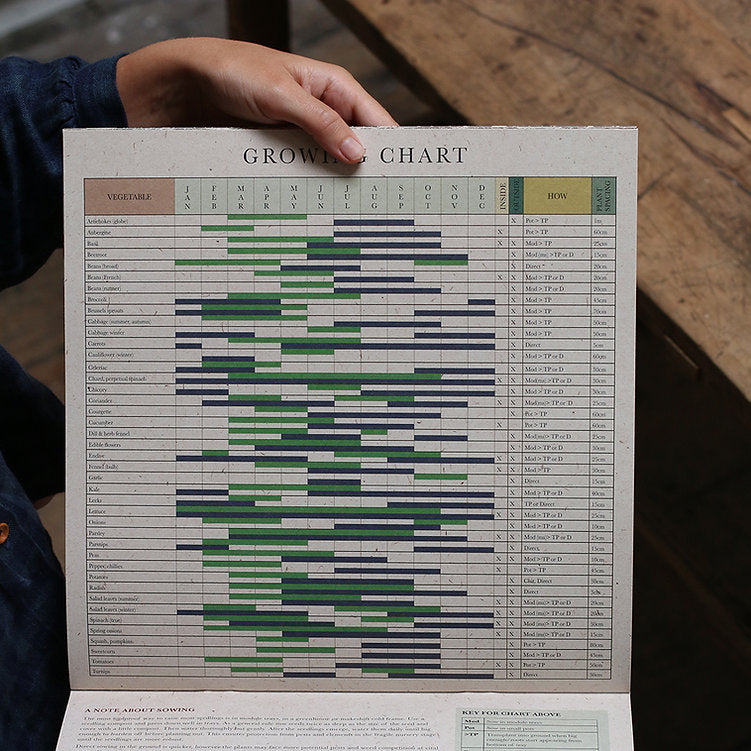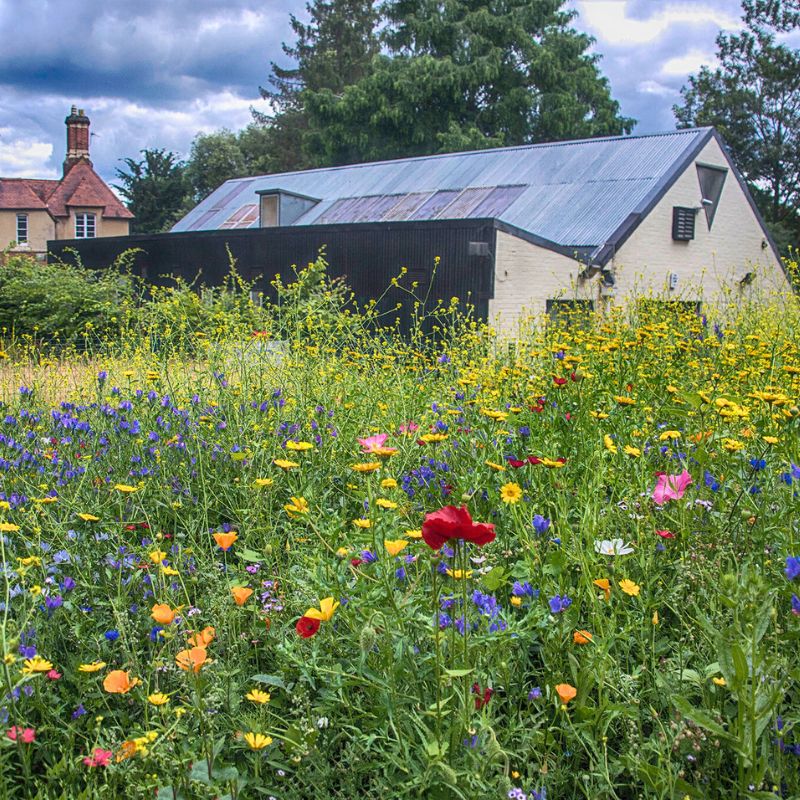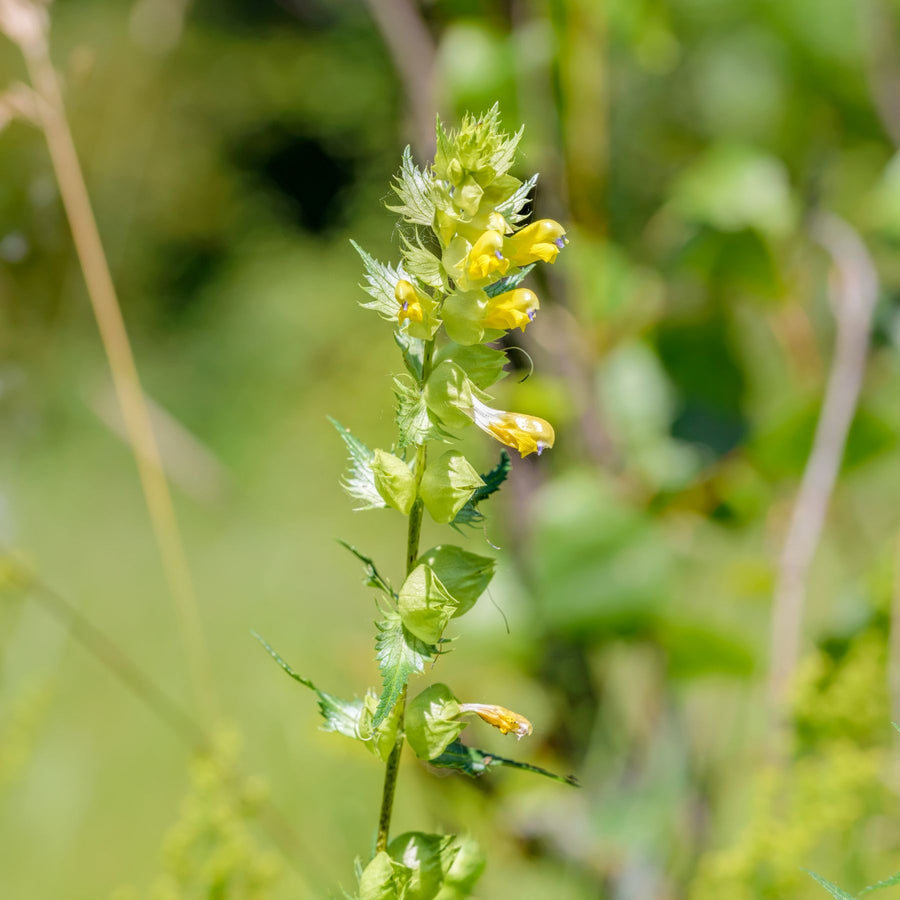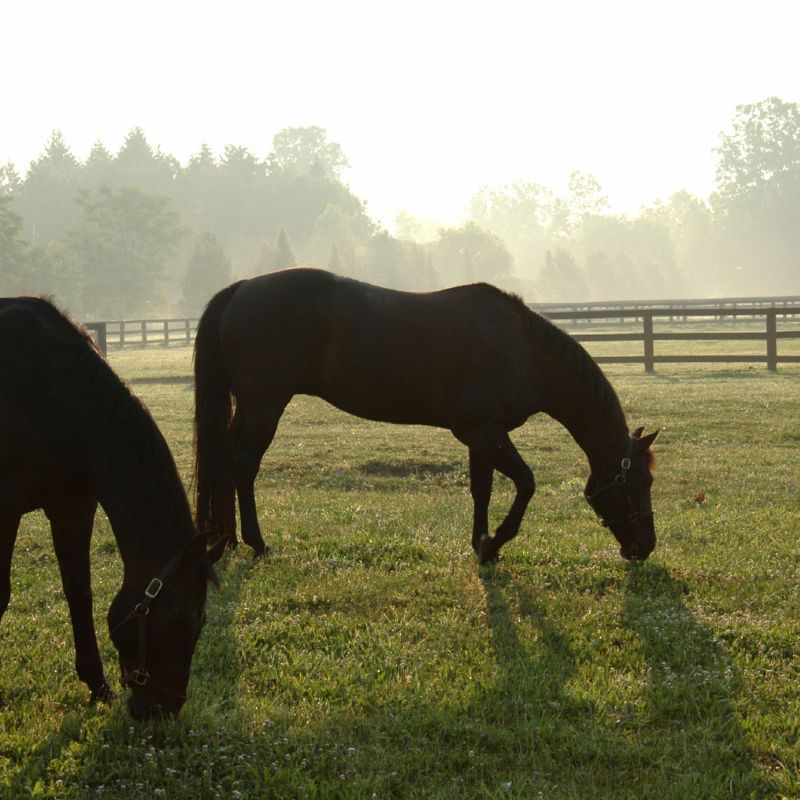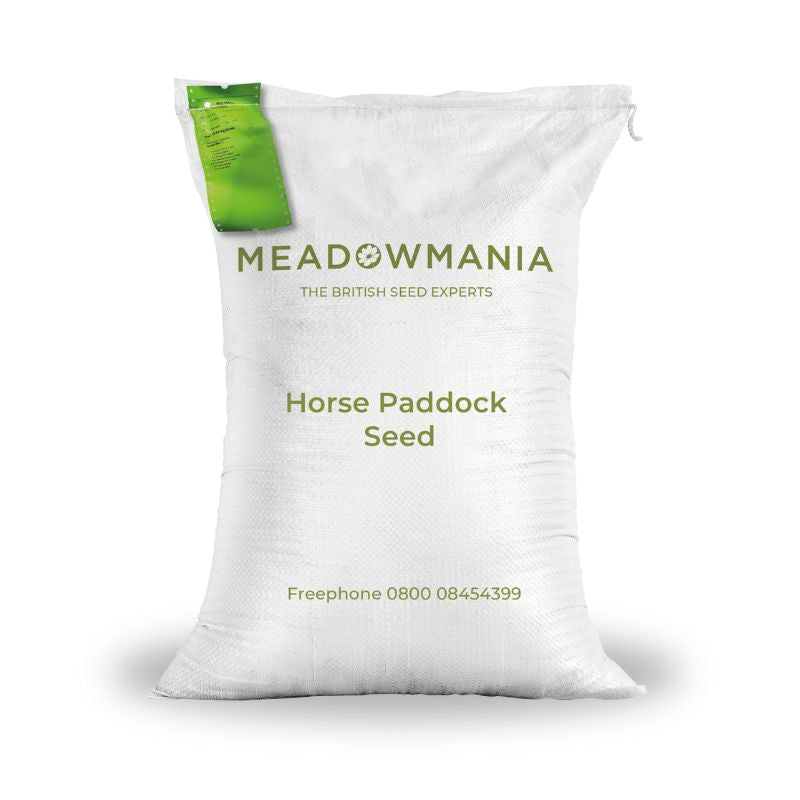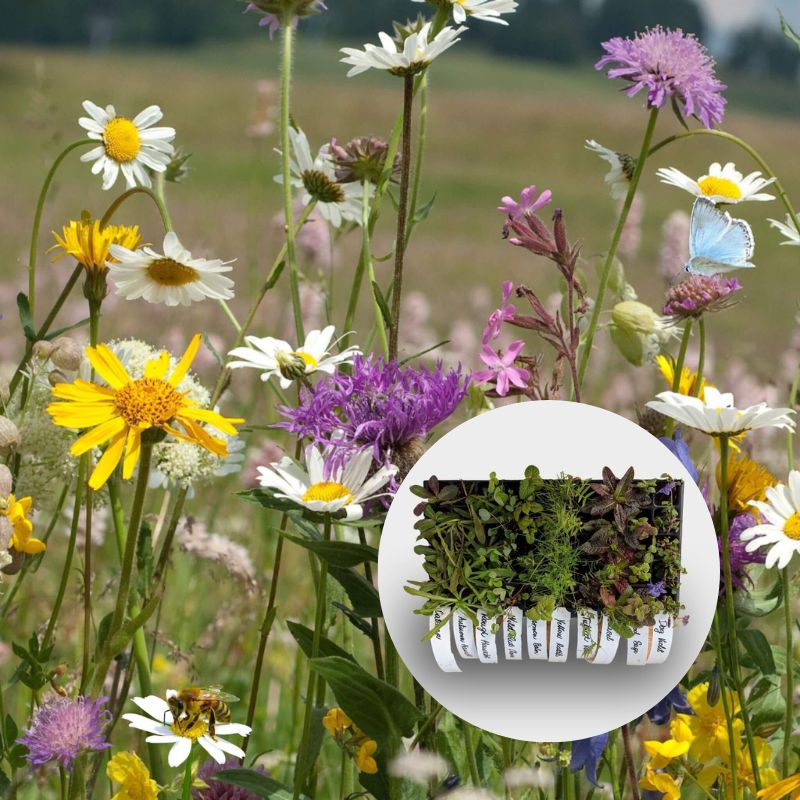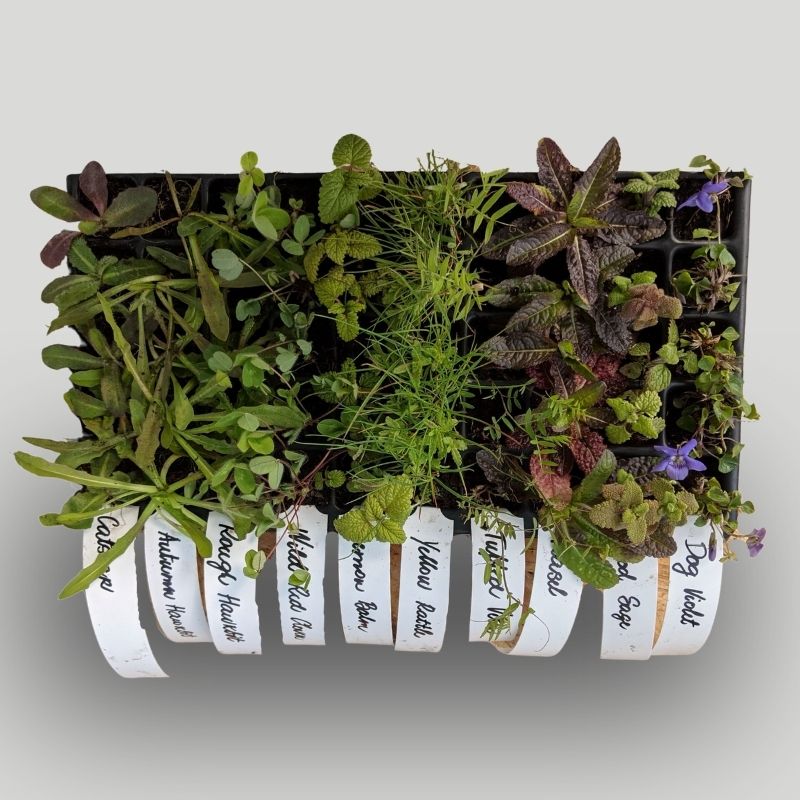
Flanders Poppy
 Red Flanders Poppy
Every year the Flanders Poppy comes back into the news as we remember those who have lost their lives. Many people want to plant them to create some sort of memorial over the summer.
Flanders Poppy Latin name is Papaver Rhoeas. This is commonly called the Field Poppy sometimes the Corn or Red Poppy.
This sort of poppy is an annual. This is important in that in the right conditions they grow quickly, will flower in the summer but generally will only last one year. The ground has to be cultivated and tragically they appeared on ground that had been churned up by War. Then the following summer Red Flanders Poppies appeared as if a memorial of the battles. This was the case in the 1st world ward which is where the name Flanders Poppy came from
Historically they also appeared in arable fields when a farmer ploughed a field. With the dominance of Agrochemical control they have nearly disappeared.
Poppies ideally need a cold spell to trigger germination. They do best if sown in the autumn. They can be sown in the spring but do better if sown in early spring,
Poppy seed is exceptionally small and fine. There are about 8,000 seeds per gram.
Before planting, the ground needs clearing and preparing. It helps to bulk the seed up with a medium such as sand. Spread at about 1 to 2 grams per sq metre.
Walk all over it or roll afterwards. The seed wants to be very slightly pushed into the ground rather than buried too deep.
If it successfully established then Poppies should flower between June and August.
If you want to try and get them to reseed the second year. Wait until the seeds have shed. Cut the area down and leave on the ground for a few days, then rake the ground hard and roll afterwards.
Red Flanders Poppy
Every year the Flanders Poppy comes back into the news as we remember those who have lost their lives. Many people want to plant them to create some sort of memorial over the summer.
Flanders Poppy Latin name is Papaver Rhoeas. This is commonly called the Field Poppy sometimes the Corn or Red Poppy.
This sort of poppy is an annual. This is important in that in the right conditions they grow quickly, will flower in the summer but generally will only last one year. The ground has to be cultivated and tragically they appeared on ground that had been churned up by War. Then the following summer Red Flanders Poppies appeared as if a memorial of the battles. This was the case in the 1st world ward which is where the name Flanders Poppy came from
Historically they also appeared in arable fields when a farmer ploughed a field. With the dominance of Agrochemical control they have nearly disappeared.
Poppies ideally need a cold spell to trigger germination. They do best if sown in the autumn. They can be sown in the spring but do better if sown in early spring,
Poppy seed is exceptionally small and fine. There are about 8,000 seeds per gram.
Before planting, the ground needs clearing and preparing. It helps to bulk the seed up with a medium such as sand. Spread at about 1 to 2 grams per sq metre.
Walk all over it or roll afterwards. The seed wants to be very slightly pushed into the ground rather than buried too deep.
If it successfully established then Poppies should flower between June and August.
If you want to try and get them to reseed the second year. Wait until the seeds have shed. Cut the area down and leave on the ground for a few days, then rake the ground hard and roll afterwards.


